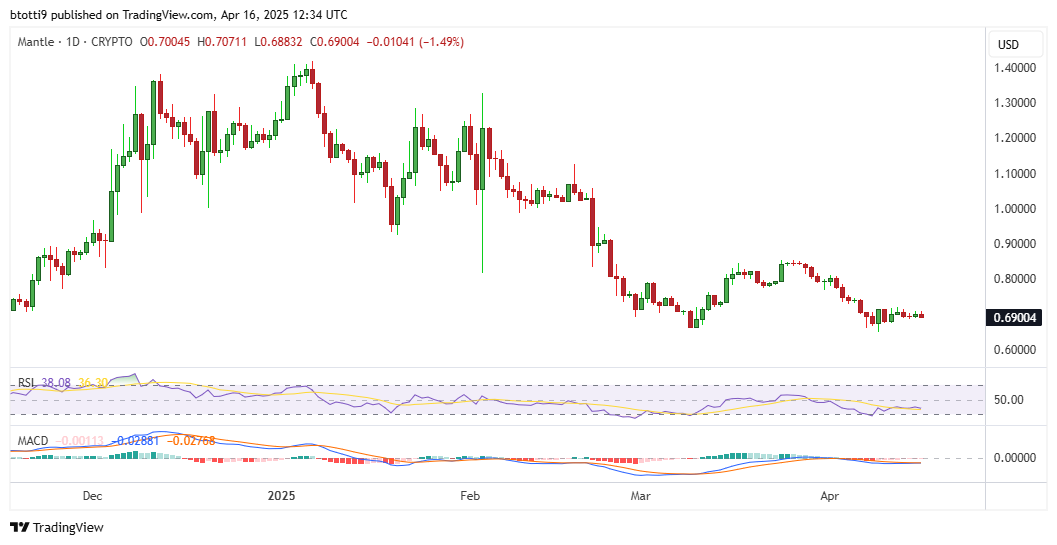Nestled in the Himalayas between India and China, the Kingdom of Bhutan is charting an unconventional economic course, harnessing its abundant hydropower resources to mine “green” cryptocurrencies.
The nation’s sovereign wealth fund sees this strategy not just as a potentially lucrative investment, but as a vital tool to diversify the economy, generate employment, and combat a worrying exodus of its young, educated populace.
Harnessing hydropower for digital assets
Ujjwal Deep Dahal, the chief executive of Bhutan’s sovereign wealth fund, Druk Holding and Investments Ltd (DHI), outlined the nation’s unique approach.
Green cryptocurrencies, unlike their more energy-intensive counterparts often reliant on fossil fuels, are mined using renewable energy sources.
For Bhutan, this means leveraging its status as a country running entirely on clean hydropower.
“We are a nation that runs 100% on hydropower, and every digital coin we mine in Bhutan using hydropower offsets that coin which gets mined using fossil fuels,” Dahal explained to Reuters on Tuesday.
So a coin mined in Bhutan will contribute to the green economy.
DHI, which also controls the country’s primary power generation utility, began incorporating cryptocurrencies into its investment portfolio back in 2019.
Dahal described the move as both a “tactical investment” and a potential “gamechanger” for the nation, long renowned for prioritizing its unique Gross National Happiness (GNH) index over traditional GDP metrics.
This index considers factors like sustainability and well-being alongside economic output.
The crypto mining operations involve using energy-intensive supercomputers, powered entirely by Bhutanese hydropower, to generate digital assets for the blockchain.
Beyond revenue: tackling brain drain and tapping ESG
The strategy has already yielded tangible results.
According to senior officials in the capital, Thimphu, Bhutan has earned millions of dollars from its crypto investments in recent years, even using some profits to cover government salaries for a two-year period.
Beyond direct financial gains, the initiative aims to address pressing domestic challenges.
Bhutan, with a population of around 800,000, is grappling with significant “brain drain.”
Government estimates suggest over 10% of its young people emigrated between 2022 and 2023, contributing to a youth unemployment rate of 16.5% in 2024.
DHI sees the burgeoning digital asset sector as a potential solution. “Bitcoin has not just given more value to hydropower energy, it has also increased access to liquidity in foreign currency,” Dahal stated, adding that training Bhutan’s youth in “blockchain and AI techniques would fuel jobs.”
Furthermore, officials are exploring an intriguing avenue: positioning Bhutan’s verifiably “green” coins as attractive assets for large corporations seeking to meet their environmental, social, and governance (ESG) targets.
This could create a premium market for Bhutanese-mined cryptocurrencies.
Powering the ambition: the hydropower hurdle
However, the success and scalability of Bhutan’s green crypto ambitions hinge critically on significantly expanding its hydropower infrastructure.
Analysts note that realizing the vision of becoming a global hub for green digital currency requires moving beyond the current generating capacity of approximately 3.5 gigawatts towards harnessing a potential estimated at 33 gigawatts.
Dahal acknowledged this necessity, outlining concrete expansion plans.
“We have plans to generate 15 gigawatts in the next 10 to 15 years,” he added, signaling a long-term commitment to building the energy foundation required for this innovative economic diversification strategy.
The kingdom is thus embarking on a journey where sustainable energy and cutting-edge digital finance intertwine, aiming to secure both economic prosperity and the well-being of its future generations.
The post Bhutan’s hydro-powered crypto gamble: can green mining fuel economic growth? appeared first on CoinJournal.


